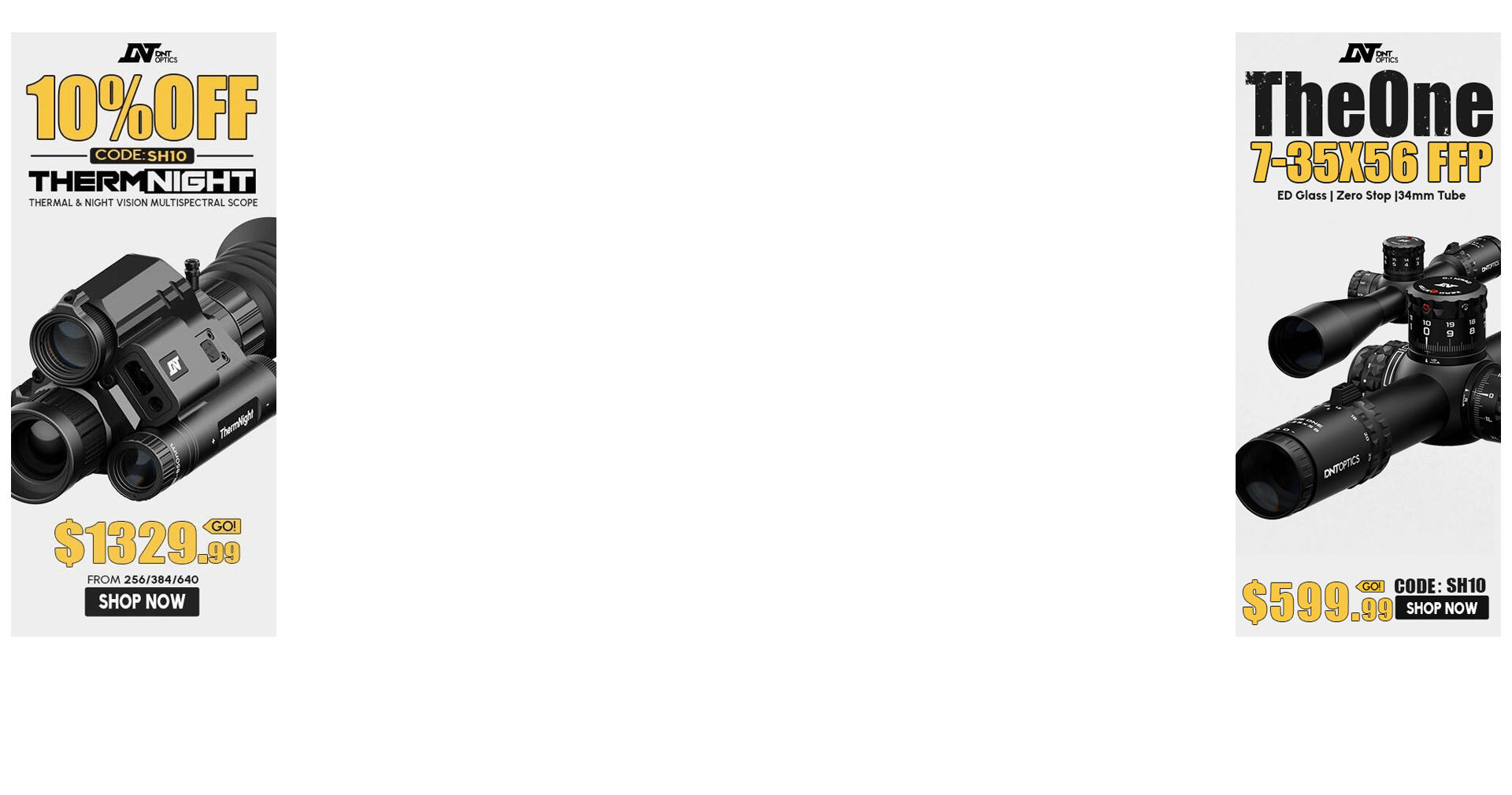Had the opportunity to shoot out to 1000 a few weeks back and found that as I got farther out I was needing to dial in additional windage (despite the wind being very light and no value into our faces).
Background:
I ended up having to dial 1.6 Mils left at 1000 yards.
I do not have a bubble level on my scope.
On the shooting line I leveled the crosshairs to the targets (by adjusting my bipod) visually based on the horizontal crossbeams that the targets hung from. It's definitely possible that they were still slightly out of level though. There is no guarantee that the target stands were perfectly level also.
From this is there enough info to determine where the issue is?
i.e. Assuming that the reticle is level to the bore of the rifle, but the rifle is canted due to my bipod, would I see the same need to dial in more and more windage as I get farther out?
Or is it more likely that my reticle is not level/plumb with the bore of the rifle (or my shooting natural shooting position).
All shots were prone off a wooden deck.
Please let me know if there is more info that would be helpful. Just trying to trace this back and see if I need to adjust how my scope is mounted.
Thanks!
Background:
I ended up having to dial 1.6 Mils left at 1000 yards.
I do not have a bubble level on my scope.
On the shooting line I leveled the crosshairs to the targets (by adjusting my bipod) visually based on the horizontal crossbeams that the targets hung from. It's definitely possible that they were still slightly out of level though. There is no guarantee that the target stands were perfectly level also.
From this is there enough info to determine where the issue is?
i.e. Assuming that the reticle is level to the bore of the rifle, but the rifle is canted due to my bipod, would I see the same need to dial in more and more windage as I get farther out?
Or is it more likely that my reticle is not level/plumb with the bore of the rifle (or my shooting natural shooting position).
All shots were prone off a wooden deck.
Please let me know if there is more info that would be helpful. Just trying to trace this back and see if I need to adjust how my scope is mounted.
Thanks!

